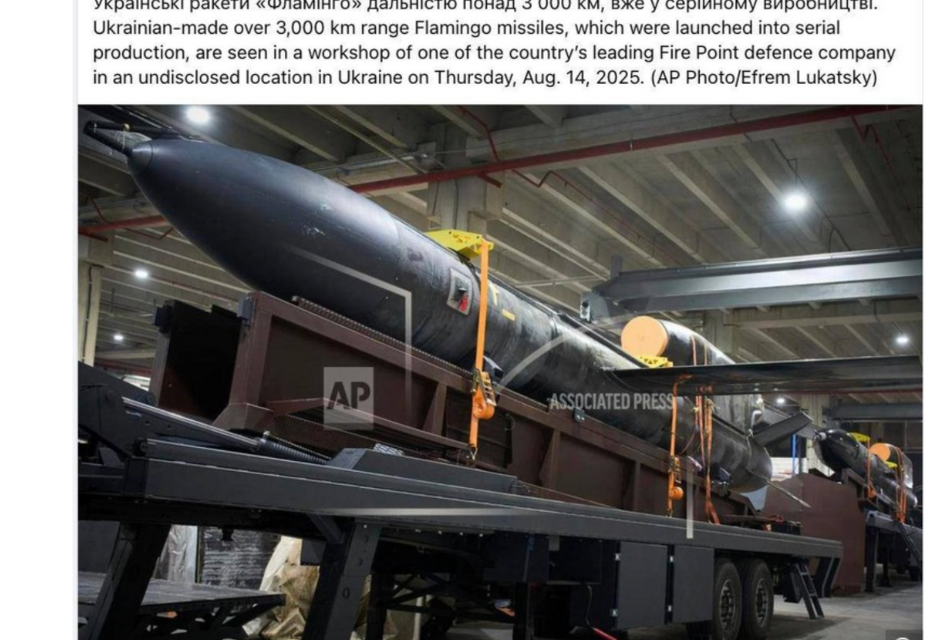Ukraine: from zero to hero in times of war
After the Russian invasion in 2022 year, Ukraine focused on the private arms sector, which resulted in the creation of hundreds of new companies. The government platform played a key role Brave1, which supports over 1500 start-ups with grants at the highest level 30 million USD and investments reaching 40 million USD in 2024 year. Thanks to deregulation and support, private producers are responsible for 99% drones, rockets like Flamingo (with range 3000 km and low price) and light armored vehicles produced in thousands of units. This is not the state giant Ukroboronprom, but dynamic start-ups have established close cooperation with Western partners, accelerating innovation. The effect is impressive: the value of the Ukrainian arms industry has increased significantly, making Ukraine “a cheap arsenal of democracy“. From a marketing point of view, it's a classic bootstrapping story - small companies building a global brand on the battlefield, attracting investors and partners through authentic stories of success in extreme conditions.USA: innovation giants and global exports
In the United States, the private defense sector is the real power, with companies such as Lockheed Martin, Boeing whether Raytheon investing billions in research and development (R&D). Private enterprises drive 80% defense innovations, working with the Pentagon through initiatives like Defense Innovation Unit (DIU). The effectiveness of this model is visible in the numbers: in the fiscal year 2024 The US has exported weapons worth 318,7 USD in Miliary, which is an increase of 29% compared to the previous year. The private sector provides flexibility in adapting to threats, such as drones or artificial intelligence (AI), and at the same time learning from Ukrainian models, for example,. in approach “commercial-first” for drones, integrating global supply chains. In terms of marketing, it's a masterpiece of storytelling: brands like Lockheed Martin build image “protection of freedom“, what attracts talent, contracts and loyalty in the international arena.Poland: a growing leader in Europe with unique innovations
In Poland, the private arms sector is developing dynamically, despite state domination Polish Armaments Group (PGZ). He is a leader WB Group (formerly WB Electronics), largest private player, specializing in communication systems, command, reconnaissance and weapons control - their drones and remotely controlled land systems are booming, integrating with state projects. Other examples include Eagle, known for high quality and reliable innovations in the defense industry, and companies like SATIM (satellite analysis), BUY (drones) whether Vigo (infrared detectors unique in the world). Private entities cooperate with the government in the fields of cybersecurity and AI, attracting investors – Poland has a chance to become a key center of defense innovation in Europe, with exports growing thanks to dual-use technologies (civil and military). From a marketing perspective, it is building a national brand: companies like WB Group they position Poland as “innovative guardian of Europe“, combining civilian and defense technologies and strengthening global influence.Why is it worth supporting the private arms sector
The private sector delivers faster innovation, lower costs and greater resistance to crises - this is an ideal solution for modern defense. In Europe, including in Poland, it is worth following the example of the Ukrainian and American models: regulate the market, but avoid monopolization. Investments in private initiatives will help build a stronger ecosystem, where competition drives development. In the context of current geopolitical challenges, This approach not only enhances security, but also creates new business and branding opportunities. What do you think?? Is the private arms sector the future of defense?? Share your thoughts in the comments below – I'd love to talk about potential marketing strategies for this industry!Comments
Share this Story








